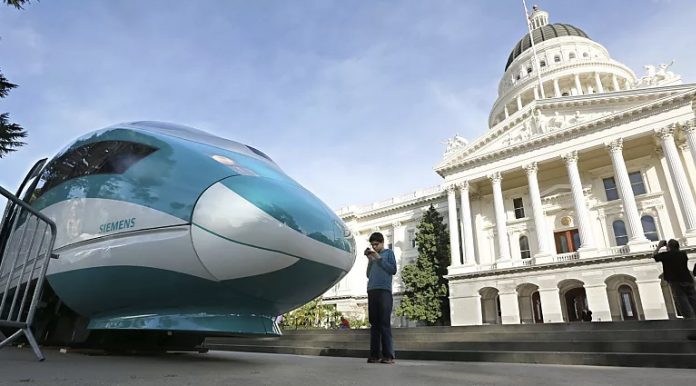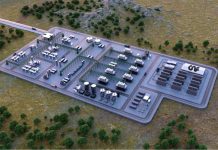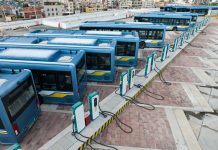
California’s ambitious high-speed train, spanning 1287.5 kilometers and linking the US west coast to Canada and Las Vegas, faces significant hurdles in its development
Elon Musk once derided it as “one of the most expensive per mile and one of the slowest” bullet trains globally.
Endorsed by Presidents Obama and Biden, the project was approved in 2008 with an estimated cost of USD 33 billion and an opening date set for 2020. However, in 2023, the system still needs to be completed, having already incurred USD 19.8 billion in expenses, with a staggering projected total bill of USD 128 billion.
Embracing solar power for eco-friendly trains
In a recent announcement, 15 years after its approval, the California High-Speed Rail Authority revealed its plan to address the project’s initial promise of environmental friendliness by powering the train entirely through solar energy.
The decision aims to make the high-speed train an eco-friendly alternative to highways and sustainable aviation, aligning with transport initiatives which are environmental friendly.
The energy requirements and solar panel plans
A colossal 44 megawatts of solar energy will be required to operate this massive high-speed train, which can theoretically be generated by harnessing the power of 552 acres of solar panels.
Additionally, the train will be equipped with onboard batteries capable of storing 62-megawatt hours of power.
Notably, a substantial portion of this energy will be allocated to propelling the train to reach its maximum speed of around 354 km/h. However, the extreme Californian climate poses challenges, necessitating a significant share of the energy to ensure the train’s smooth operation in adverse conditions and contingencies if local utilities fail.
Margaret Cederoth, the authority’s planning and sustainability director, revealed ongoing negotiations with multiple energy suppliers to secure a USD 200 million utility-scale system that the rail authority will own and operate.
Challenges and future prospects for high speed rails
The high-speed rail project, currently under construction with 191.5 kilometres of track completed, spans ten phases to connect major cities from San Diego to Sacramento via Los Angeles, Central Valley, Fresno, and San Jose.
Phase one focuses on the 836.8 kilometres between Merced in San Francisco and Anaheim in Los Angeles, with phase two concentrating on enhancing existing connections in preparation for the train’s operation.
The project encountered funding issues and faced criticism over its chosen route, particularly the decision to run through California’s Central Valley.
Brian Kelly, the CEO of the California High-Speed Rail Authority, asserted that connecting this area was crucial for the project’s approval, aiming to uplift the historically underfunded region and stimulate economic growth.
One of the primary reasons behind the delays and cost escalations was the challenge of obtaining environmental clearance for building the track through miles of private land. Negotiating settlements with landowners and local authorities and ensuring compliance with environmental standards alone cost USD 1.3 billion.
Despite the setbacks, Margaret Cederoth remains optimistic, stating that work on the renewable energy source could commence by 2026, with plans to power the trains by the target opening date 2030 for the railway’s initial segment.
As California’s high-speed train project persists in overcoming hurdles and pursuing sustainable initiatives, its completion promises to revolutionise transportation in the state and inspire a greener approach to high-speed rail systems globally.










